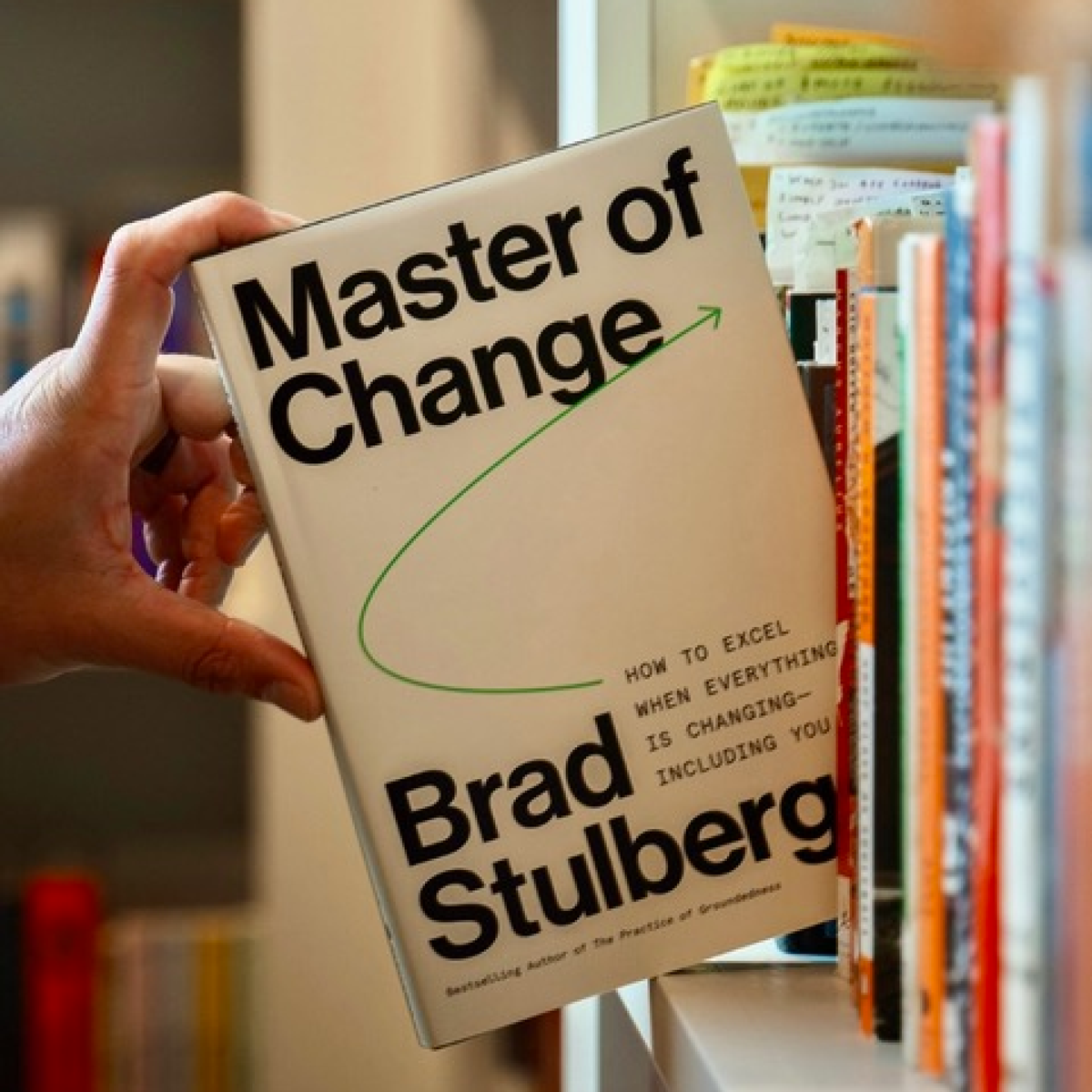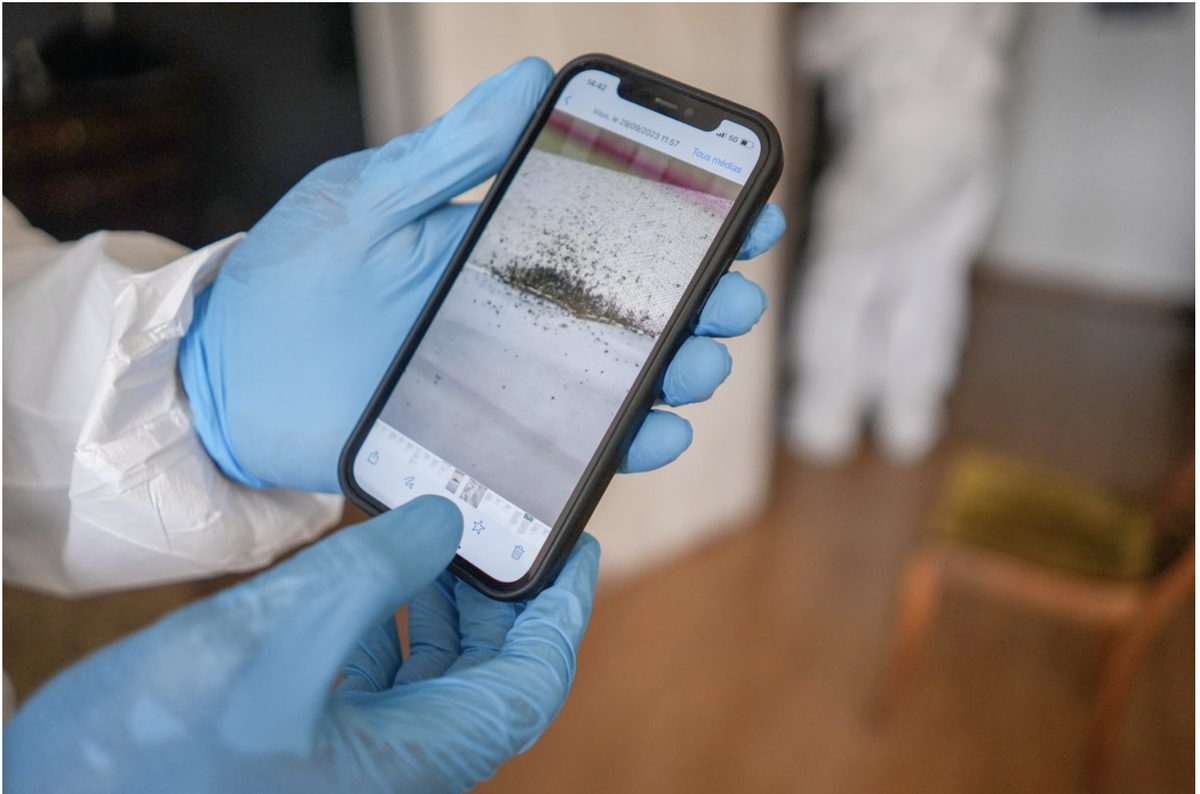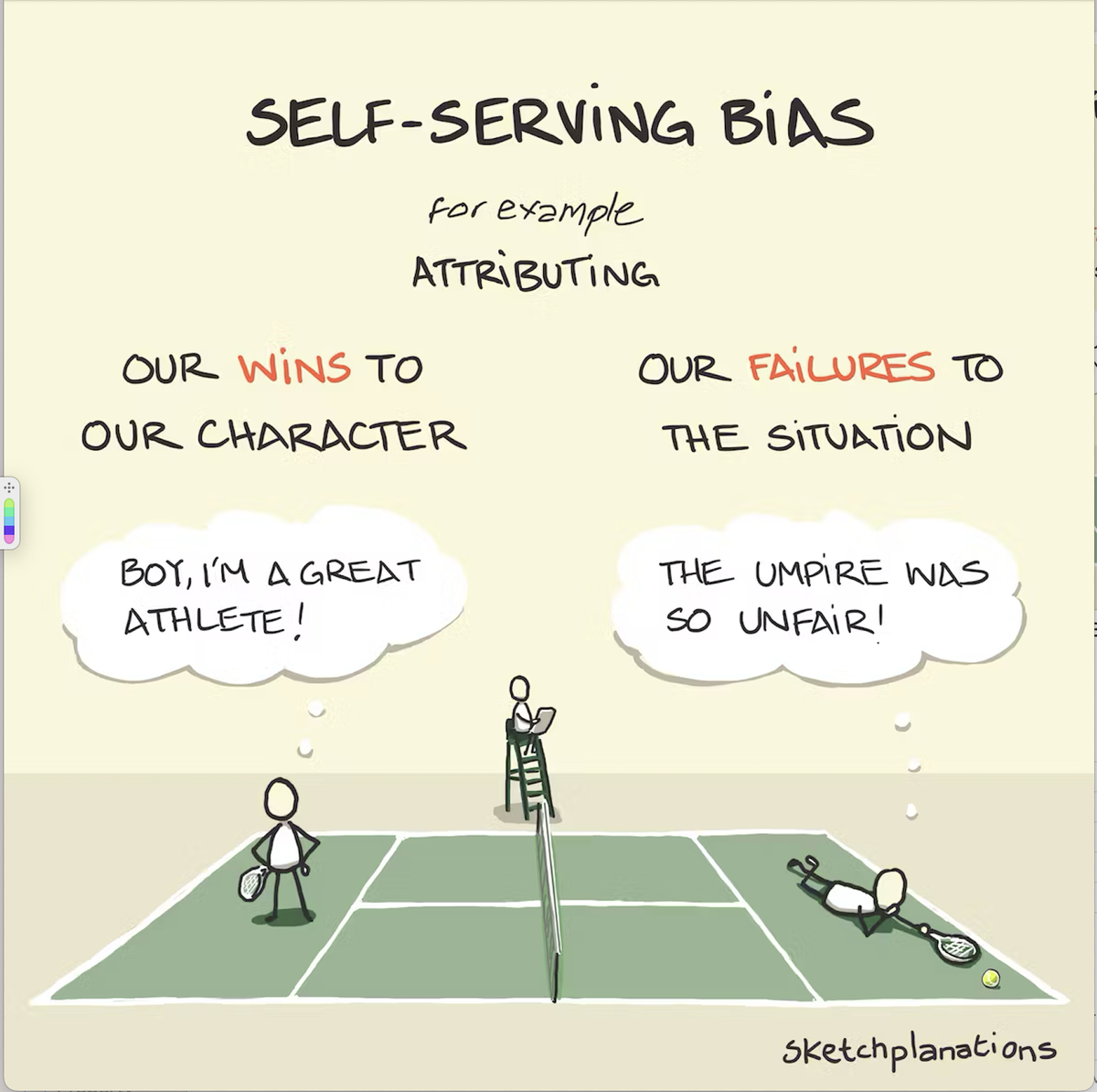Teachers' Page:

We start each week with a Monday Morning Meeting for staff. It's a time for information sharing, celebrating staff and children's achievements, laughter, building and strengthening the kaupapa foundations for our school, and a few tips on teaching, techie skills and even life. This page will be the place teachers can come back to if they want to revisit anything we covered in our Monday Morning Meetings.
It's really a page for teachers, but if you find anything worthwhile here for yourself, great.
Web Sites:
A great YouTube channel with hundreds of powerful and refreshing documentaries on various topics. ARTE.tv Documentary.
A compelling video that explores the profound wisdom of Marcus Aurelius. Marcus Aurelius: The Man Who Solved The Universe.
Techie Tips:
We’ve now got a new toggle called Level in Settings ⚙️ < Camera 📷 < Composition.
If you turn it on, whenever you’re taking photos, you’ll see this thin horizontal line —
In Safari, in Image Search, you can click on an image and Control (Right) Click on a selected image, in the resultant drop-down menu, choose "Copy Subject.
It copies the subject in the image and leaves out the background - as you can see in the composite image above.
Book Review:
Master of Change - Brad Stulberg
1-sentence summary:
Old models frame change as something that happens to us when, in reality, we are always in conversation with change: navigating life's inevitable flux and walking the path of personal excellence requires equal parts ruggedness and flexibility.
1 important quotation:
"To be rugged is to be tough, determined, and durable. Flexibility is consciously responding to altered circumstances or conditions, adapting and bending easily without breaking. Put these two qualities together, and the result is rugged flexibility: a gritty endurance, an antifragility that not only withstands change but thrives in its midst.”
1 key takeaway:
Next time you are faced with uncertainty or change, follow the four 4P’s:
Pause and collect yourself.
Process by naming your emotion.
Plan by assessing your skills, capabilities, and resources.
Proceed, treating your next steps as experiments and adjusting as you go.
1 surprising fact:
You may think that you need to feel good to get going, but oftentimes, it's the other way around. In the late 1970s, research from the psychologist Peter Lewinshon led to the idea of "behavioural activation," which holds that action doesn’t depend on motivation; instead, motivation follows action — and therefore, one key to boosting mood is to take the small steps simply to get started.
Bedbugs Aren’t Just In Paris. There’s A Global Resurgence.
Benji Jones
An abandoned mattress on a sidewalk in Marseille, France, on October 9.
Gerard Bottino/SOPA Images/LightRocket via Getty Images
On a brisk morning last month, the deputy mayor of Paris, Emmanuel Grégoire, stood in front of a French TV camera with a serious look on his face and said: “No one is safe.”
He wasn’t talking about the threat of climate change or some frightening new virus. He was talking about bedbugs.
For the blissfully unaware, bedbugs are small wingless insects that bite humans and feast on our blood, often at night. They find us by sensing the carbon dioxide in our breath and our body heat. While bedbugs can carry a large number of pathogens, they don’t seem to
transmit diseases to humans, though they do produce itchy welts.
In recent weeks, viral videos showing insects that look like bedbugs on the Paris metro and trains and sightings of bedbugs in movie theatres and at the airport have fueled fears of a widespread outbreak across the city. People have been panicking. “These little insects are spreading despair in our country,” a French politician told Parliament earlier this month, urging the prime minister to act. (She brought a vial of bed bugs with her into the chamber, presumably in an effort to strengthen her point.)
Pieces of tape on seats in a movie theatre in Paris on October 9 indicate that a sniffer dog
has detected bedbugs there.
Remon Haazen/Getty Images
Paris certainly does have bed bugs. So does Chicago, New York, and every other major city in the world. These bloodsuckers are, unfortunately, everywhere.
It gets worse: Over the last two decades, there’s been a “global resurgence” in bedbugs,
according to a recent scientific review, following lows in the mid-20th century.“The
resurgence has been widespread, affecting virtually every sector of society,” the authors
wrote.
Scientists say this surge is unlikely to wane anytime soon. So, for now, it’s a bedbug’s world.
The rise and fall and rise of bedbugs
No matter how potent the threat of bedbugs may feel today, I promise that it used to be
worse. These insects have been gorging on our legs, arms and crotches for thousands of
years, dating back to ancient Egypt — long before the invention of chemical pesticides.
In the 1800s, some London hotels were so infested that lodgers “were advised to become
half-drunk to obtain some sleep,” according to a recent scientific review. Entire buildings
would be burned down in order to stamp out an infestation. It was the golden age of bedbugs (at least from the perspective of a bedbug).
The tables turned in the 1940s when the chemical DDT was popularized as an insecticide.
During World War II, militaries sprayed DDT to control mosquito-borne diseases, such as
malaria and body lice. It was also shown to be highly effective at killing bedbugs.
Along with other newly developed pesticides, DDT helped wipe out bedbug populations.
By the 1960s, bedbug infestations were rare, at least among wealthy nations, according to the review.
For the next few decades, US and European citizens enjoyed evenings largely free of
bedbug bites, even after DDT was banned in the US in 1972 (for its harmful impacts on
humans and wildlife). But the reprieve obviously didn’t last.
A bedbug.
Getty Images
Around the turn of the century, the parasites began reentering people’s homes and beds in droves, according to reports from the UK, US, Australia, Japan, and a handful of other
countries. In Australia, for example, infestations of bed bugs rose by an estimated 4,500
percent between 1999 and 2006. There isn’t precise data on the number of infestations in the US, though, in 2010, the Centers for Disease Control and Prevention and the Environmental Protection Agency issued a joint statement, warning of an “alarming resurgence” of these pests.
That brings us to today. Bedbugs are back. Why?
Why bed bugs are surging now
There are some obvious reasons. More people live in cities now, and bedbugs love densely packed, warm bodies. We’re also travelling more than ever before, giving bedbugs an opportunity to spread (see: horror stories of bedbugs in Airbnbs).
But the main reason why it’s boom time for bedbugs, according to the review, is that they’ve evolved resistance to many pesticides, our main line of defence. Indeed, these critters are now resistant to “most of the major classes of insecticides,” the review states, including pyrethroids, which is still one of the most commonly used insecticides. They’ve also developed resistance to DDT, which attacks insects in a similar way to pyrethroids.
“Insecticides, especially the use of pyrethroids, are useless,” said Chow-Yang Lee, a
professor of urban entomology at the University of California Riverside and a co-author of the recent review. “That will never get rid of bedbugs.”
There’s also some evidence that powders like diatomaceous earth — which is designed to
kill the bugs by drying them out — no longer work either. At least some of the insects have
evolved resistance to desiccation, Lee said.
That doesn’t mean bedbugs are impossible to destroy. High temperatures, around 113
degrees Fahrenheit and above, kill the insects, and research suggests that they aren’t likely to evolve heat tolerance. So do extremely cold temperatures. Lee said that fumigation using highly toxic chemicals and insecticide combinations can work, too, especially when used repeatedly.
An exterminator treats a sofa with steam in Paris on October 5.
Nathan Laine/Bloomberg via Getty Images
But these effective options come with a very important caveat: They’re expensive.
Lee said that low-income communities often can’t afford these eradication methods, which can cost several hundred to thousands of dollars for a single apartment. He said that large complexes might hire an exterminator, but he or she may only spend a few minutes in each unit spraying chemicals that don’t work.
These communities may also be home to elderly folks who can’t easily vacate their
apartments for treatment; the exterminator has to work around them, so they’ll undoubtedly miss some spots. Lee said these less-affluent communities are considered reservoirs that can spread bedbugs throughout a city.
“The biggest challenge when it comes to treating bedbugs is cost,” Lee said.
How to avoid bedbugs
While it’s hard to eradicate bedbugs, it’s relatively easy to avoid them.
Here’s a tip: Lee said when you enter a hotel or Airbnb, immediately check the mattress for reddish-brown blood stains. After bed bugs feast, he said, they defecate, and their poop includes some staining hemoglobin (sorry). You can also look for the bugs themselves, which are visible to the naked eye; they’re roughly the size of an apple seed.
Let’s say you do end up staying somewhere with bedbugs. When you get back home, Lee
said, don’t bring your luggage inside. Put your clothes in the dryer for at
least 30 minutes (or wash them and then dry them). Then, use a garment steamer to heat-
treat your luggage outside. That should kill any eggs.
An exterminator displays a photo of a bedbug infestation in Paris on October 5.
Nathan Laine/Bloomberg via Getty Images
Now let’s say you’ve found them in your home. Immediately call for professional help, Lee
said. “Do not attempt to treat it yourself,” he said. If the infestation is small, an exterminator
may treat your bed or furniture with a hand-held steamer, though if they’re everywhere, the
exterminator may want to fumigate or place your furniture into a heat chamber — that’s when the costs will go up.
Finally, a word from Lee for all of you thrifters: Be very wary about taking anything off the
street, especially in cities like New York and Chicago. If you plan to take in any furniture —
especially sofas, chairs, beds, and mattresses — you should have it heated first.
Books, too, should be treated. “Do not bring them directly into the house,” Lee said. If it’s the
middle of summer or winter, you can leave the books outside for a day or two — the heat or
cold will force the bedbugs out or kill them. Or you can put them in a sealed plastic
bag and place them in your freezer for a few days.
These solutions will help you avoid bites or a home invasion. Yet until cheaper, effective
options are available — or the cost of heat treatment is subsidized for low-income
communities — it’s unlikely the bedbug problem in the US and elsewhere will be eliminated.
According to the EPA, “financial assistance [for bedbug treatment] is not generally available.”
In the meantime, we’ll have to learn to live with the threat of bedbugs.
“We have not seen the light at the end of the tunnel,” Lee said. “Until we come out with some
method that is affordable to everyone, we will remain in the tunnel.”
Sketchplanations
Self-Serving Bias
A self-serving bias is one where we attribute our failures to external factors and our successes to our own admirable qualities and efforts.
So, a tennis player might internally credit their athleticism and skill for their victory, while the loser may blame the umpire's decisions, their racket or the court. You might have seen it in professional sports.
Self-serving bias may be rational and optimistic, maintaining our self-esteem and a positive view of ourselves. Conversely, it can hide reality (and give referees and umpires a more draining job) or cause us to reject negative but objective feedback.
Self-serving bias is a form of attribution bias where we misattribute behaviours or events to characteristics rather than circumstances or vice versa.
Self-serving bias is covered nicely (pdf) by Donelson R. Forsyth in the International Encyclopedia of the Social Sciences, 2nd Edition.
The Overton Window
The Overton window is a simple device to consider the full spectrum of policy ideas and identify the range of politically acceptable ones.
Attitudes generally change slowly, as does policy to support them—with exceptions. Ideas that seemed radical or unthinkable at one time may gradually become plausible and popular. As this happens, the Overton Window shifts or expands.
Consider how attitudes have changed towards slavery, segregation, women's rights, animal welfare or gay marriage. Or consider policies made alongside the development of driverless cars or supporting sustainable energy. At one time, prohibition—banning the production and sale of alcohol—was popular enough to become policy in the US, though it would be unlikely to be proposed now.
Generally, the public is unlikely to elect politicians if they stand on policies too far outside the Overton window. And elected politicians will have difficulty enacting policies outside the window.
Named after Joseph Overton of the Mackinac Center for Public Policy, the original model was a cardboard window that could slide over paper, and looking through the window, you could see policy options in one direction towards more government control and in the other towards less government control. He called it the window of political possibilities. The Centre named it after him after his death. He made the slider vertical to avoid associations with the political left or right.
Avoiding Stupidity is Easier than Seeking Brilliance
We often focus on trying to be brilliant, yet many great people get far more mileage out of avoiding making stupid mistakes. Amateurs win the game when their opponent loses points; experts win the game by gaining points.
***
Scientist and statistician Simon Ramo wrote a fascinating little book that few people have ever bothered to read: Extraordinary Tennis Ordinary Players.
The book isn’t fascinating because I love tennis. I don’t. However, in the book, Ramo identifies the crucial difference between the Winner’s Game and a Loser’s Game.
Ramo believed that tennis could be subdivided into two games: the professionals and the rest of us.
The game looks the same from the outside. After all, players play by the same rules and scoring. And they play on the same court. Sometimes, they even share the same equipment. In short, the essential elements of the game are the same.
Sometimes, amateurs believe they are professionals, but professionals never believe they are amateurs. Professionals know they are not playing the same game as amateurs.
It is remarkable how much long-term advantage people like us have gotten by trying to be consistently not stupid, instead of trying to be very intelligent.
Charlie Munger
Winning or Losing Points
Professionals win points, whereas amateurs lose them.
In a professional game, each player, nearly equal in skill, plays a nearly perfect game, rallying back and forth until one player hits the ball just beyond the reach of his opponent. This is about positioning, control, and spin. It’s a game of inches and sometimes centimetres. This is not how amateurs play.
In his 1975 essay, The Loser’s Game, Charles Ellis calls professional tennis a “Winner’s Game.” While some degree of skill and luck is involved, the game is generally determined by the winner's actions.
Amateur tennis is an entirely different game, not in how it is played or the rules but, instead, in how it’s won. Long and powerful rallies are generally a thing of the past. Mistakes are frequent. Balls are constantly hit into nets or out of bounds. Double faults are nearly as common as faults.
The amateur duffer seldom beats his opponent, but he beats himself all the time. The victor in this game of tennis gets a higher score than the opponent, but he gets that higher score because his opponent is losing even more points.
Losing Less
Ramo found this out because he gave up trying to keep track of conventional scores — “Love,” “Fifteen All,” etc. Instead, he looked at points won versus points lost.
In expert tennis, about 80 per cent of the points are won; in amateur tennis, about 80 per cent of the points are lost. In other words, professional tennis is a Winner’s Game – the final outcome is determined by the activities of the winner – and amateur tennis is a Loser’s Game – the final outcome is determined by the activities of the loser. The two games are, in their fundamental characteristic, not at all the same. They are opposites.
After discovering that there are, in effect, two different games and realizing that a generic strategy will not work for both games, he devised a clever strategy by which ordinary players can win by losing less and letting the opponent defeat themselves.
… if you choose to win at tennis – as opposed to having a good time – the strategy for winning is to avoid mistakes. The way to avoid mistakes is to be conservative and keep the ball in play, letting the other fellow have plenty of room in which to blunder his way to defeat, because he, being an amateur will play a losing game and not know it.
If you’re an amateur, your focus should be on avoiding stupidity, not seeking brilliance.
Investors Bet on Someone Else’s Game
This brings to memory something about Warren Buffett and Ben Graham.
Buffett used to convene a group of people called the “Buffett Group.” At one such meeting, Benjamin Graham, Buffett’s mentor, gave them all a quiz. I spent hours searching for this reference from Benjamin Graham on Value Investing: Lessons from the Dean of Wall Street.
“He gave us a quiz,” Buffett said, “A true-false quiz. And there were all these guys who were very smart. He told us ahead of time that half were true and half were false. There were 20 questions. Most of us got less than 10 right. If we’d marked every one true or every one false, we would have gotten 10 right.”
Graham made up the deceptively simple historical puzzler himself, Buffett explained. “It was to illustrate a point, that the smart fellow kind of rigs the game. It was 1968, when all this phoney accounting was going on. You’d think you could profit from it by riding along on the coattails, but (the quiz) was to illustrate that if you tried to play the other guy’s game, it was not easy to do.
“Roy Tolles got the highest score, I remember that,” Buffett chuckled. “We had a great time. We decided to keep doing it.”
Avoiding Stupidity is Easier Than Seeking Brilliance
The point is that most of us are amateurs, but we refuse to believe it.
This is a problem because we’re often playing the game of the professionals. In this case, when we’re the amateur, we should invert the problem. Rather than trying to win, we should avoid losing.
This was a point Charlie Munger, the billionaire business partner of Warren Buffett, made a long time ago.
In a letter to Wesco Shareholders, where he was at the time Chairman (and found in the excellent Damn Right!: Behind the Scenes with Berkshire Hathaway Billionaire Charlie Munger), Munger writes:
Wesco continues to try more to profit from always remembering the obvious than from grasping the esoteric. … It is remarkable how much long-term advantage people like us have gotten by trying to be consistently not stupid, instead of trying to be very intelligent. There must be some wisdom in the folk saying, `It’s the strong swimmers who drown.’
And so much wisdom is embedded in that quote that I’ve printed it out and attached it to my wall.













